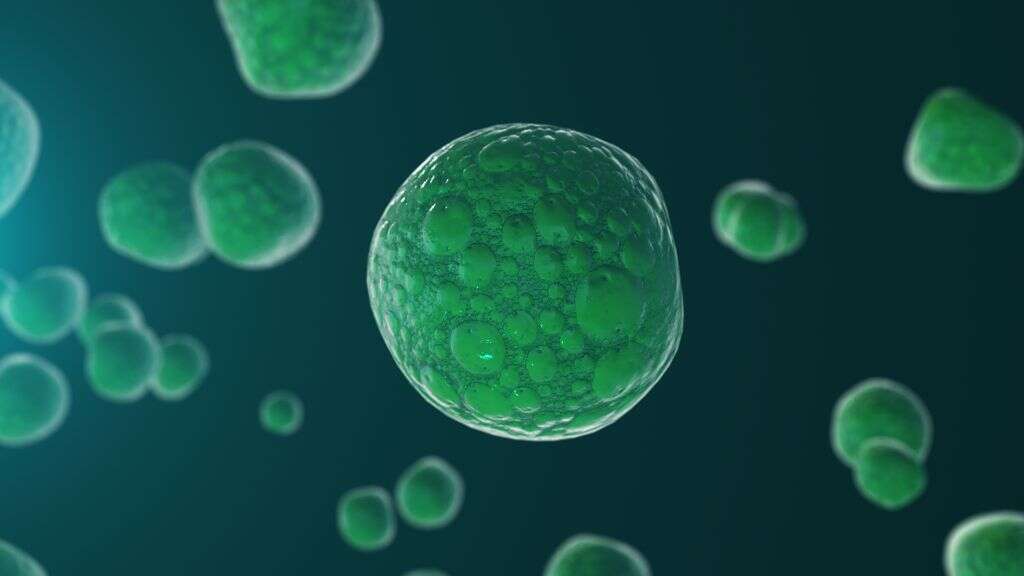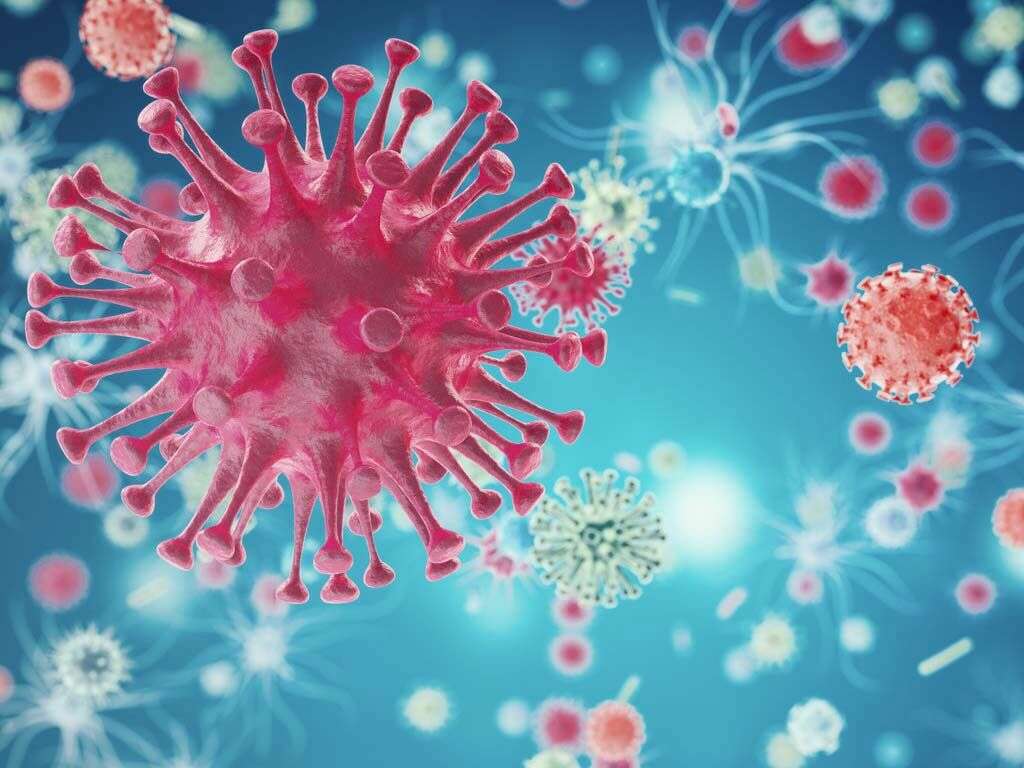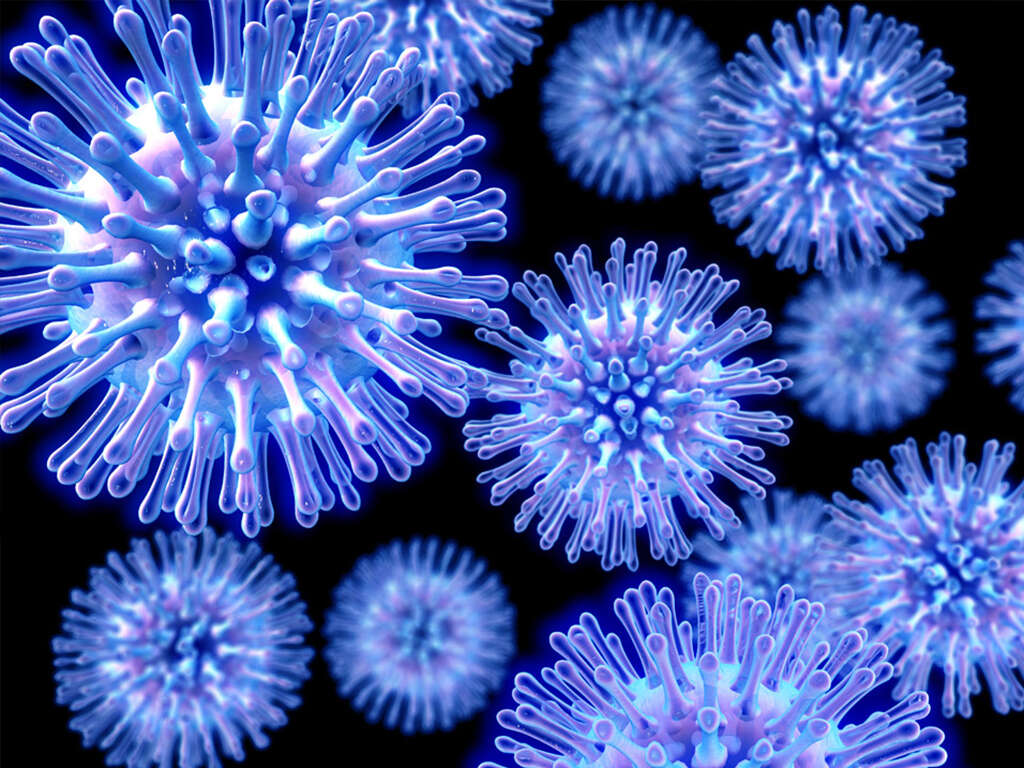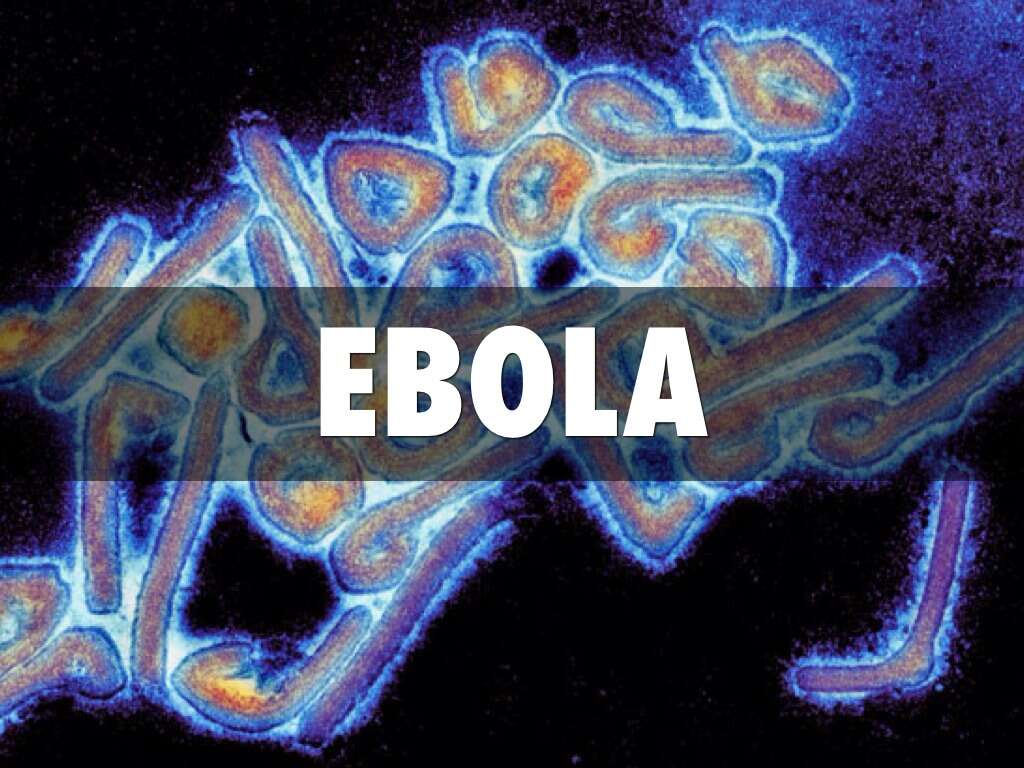What Is Coxsackievirus?
3. Viral Infection
The virus’s genes determine the types of antigens on its surface. Viruses have a high rate of mutation in their genetic codes, so there is a great variety in their antigens. Most do not match any host’s cells and eventually die out. Occasionally, an antigen will fit into receptors on a human cell like a tiny key fitting into a lock. When this match occurs, the cell opens up and allows the virus to enter.
A virus does not consume cells but rather hijacks their machinery. Ribosomes are cell structures that normally read human DNA code and make proteins. The virus causes the host’s ribosomes to instead copy its own genetic material. Then the cell eventually bursts open, releasing new viruses and destroying the cell. Symptoms such as fever, malaise, and increased mucus are by-products of the immune system’s response to the invaders.
Advertisement












